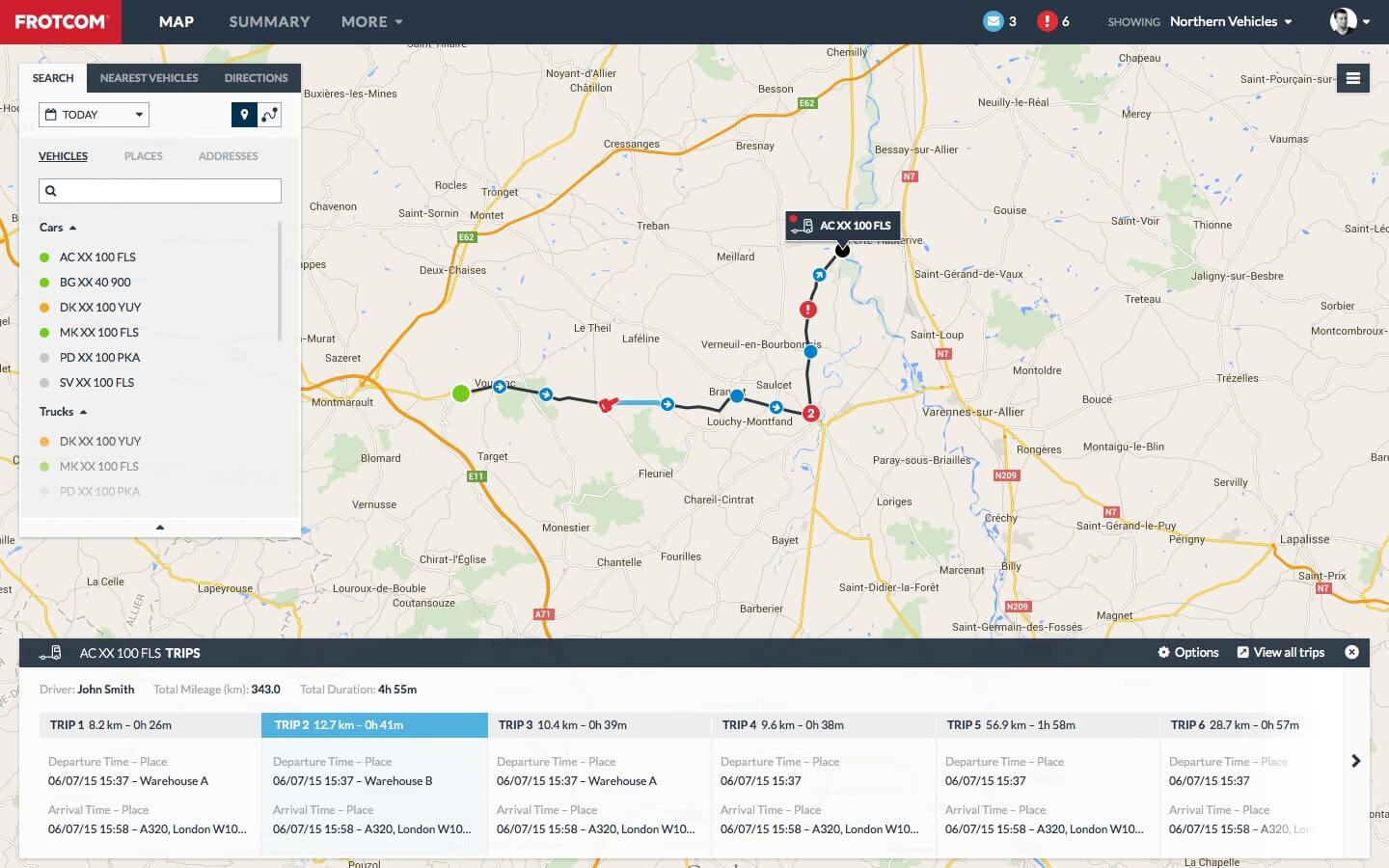This question can be related to several different variables, of course.
If you want to check whether or not a speeding ticket has been correctly issued to your vehicle, first, you need to know if the vehicle was there, and then at what speed it was traveling.
Suppose a customer refuses to accept a palette of frozen food because of high humidity within the containers, which shows they were transported for some time at temperatures above the prescribed maximum. In that case,, you will doubtless want to double-check the temperature data registered during the trip since the cargo left the refrigerated warehouse. Maybe the thermostat on the refrigerated trailer was malfunctioning.
Perhaps someone calls your office saying that a specific vehicle was being driven improperly and dangerously. Of course, you must check if this vehicle was really being driven inappropriately and act accordingly.
In these scenarios, it’s crucial to have systems that can provide real-time data about who was operating each vehicle, when it was used, and how it was handled during transport. For example, if there’s a dispute regarding a vehicle’s speed, having access to a detailed record of the driver behind the wheel and their actions is invaluable.
In cases where unauthorized vehicle access is a concern, such as when fleet security might be compromised, it's essential to ensure that vehicles are being operated only by authorized personnel at appropriate times and locations.
Detailed records of every vehicle’s journey, including its route, stops, and conditions, provide the information you need to verify whether or not a service was executed according to the specified standards. For instance, if a customer claims the temperature in a refrigerated vehicle was too high, you can quickly refer to detailed reports that show temperature fluctuations throughout the journey.
For companies managing field workers, real-time task management and service verification are key to ensuring services are executed as agreed. By capturing proof of service delivery directly from the field, managers can track each task's completion and verify conditions during execution.




